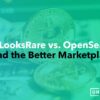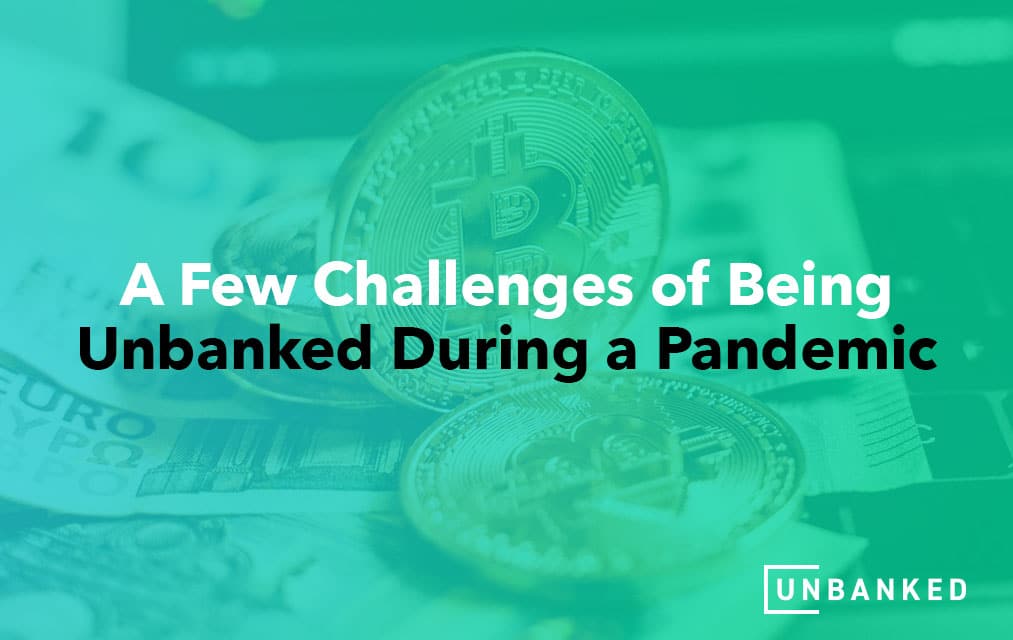The coronavirus pandemic has severely impacted numerous industries across the globe over the past year. It is not currently possible to determine the exact lengths to which the pandemic has affected the rates of banked vs. unbanked American citizens. However, it has been predicted that our current low rates of unbanked consumers are likely to rise due to the pandemic’s economic impacts. Here’s what you should keep in mind from now on as researchers from the Federal Deposit Insurance Corporation (FDIC) work to determine the exact effects of COVID-19 on banked and unbanked Americans.
Being Unbanked: What You Need to Know
Being unbanked, that is, without having a savings or checking account active at a credit union or bank, is something that millions of American households face every year. The number of unbanked Americans has been steadily decreasing over the past several years. This statistic is according to the biannual reports released by the FDIC since 2009. As of their last report, released in 2019, 5.4% of American households, or approximately 7.1 million homes, were unbanked during 2018. This is the lowest reported rate since the FDIC’s original report released in 2009. However, due to the global outbreak of the coronavirus pandemic, these statistics are likely to see some significant changes.
While we don’t yet know the pandemic’s full impact on these statistics, it has been suggested that the number of unbanked consumers is likely to increase because of it. At this point, there’s not much way to determine the accuracy of this prediction. Interested parties will have to wait for the release of the next FDIC report to find out exactly how the pandemic has impacted these numbers.
Unbanked Challenges During COVID-19

Unbanked individuals can face several expensive consequences at the best of times, especially if a household turns towards alternative providers of financial solutions, like payday lenders. These parties can charge consumers exorbitant fees that can become exceedingly hard to pay back, especially if these lenders are relied upon repeatedly. This was already the case before the pandemic, but COVID-19 has likely only served to exacerbate these issues.
Shift From Cash to Digital Payments
As a result of the pandemic, far fewer individuals and businesses feel comfortable using cash for transactions. Instead, they are switching to various electronic forms of payment. While many have taken such conveniences for granted, there are still millions of American citizens who are reliant on cash. This transition has made the transaction process much more difficult for many consumers, leaving them more financially vulnerable and unable to acquire the goods and services they require. It has significantly impacted those consumers who lack regular access to the internet. Without internet access, citizens belonging to lower socioeconomic classes and those living in more rural areas are majorly impeded in any efforts they may make to become banked.
Additionally, due to the various state and national lockdowns, quarantines, and stay-at-home orders issued due to the pandemic, many bank branches have been forced to close their doors. While some will eventually be reopened, others are now permanently out of business. This development has only served to compound the banking barrier for American citizens lacking access to digital banking resources.
Patterns regarding how household internet access relates to banked and unbanked households were discernable before the coronavirus pandemic outbreak. In 2015, for example, approximately 80.7% of banked households had home internet access, compared to only 31.5% of families that are classified as unbanked. In 2019 this increased to 82.6% and 33.8%, respectively. This is a percentage difference of almost 50%, which has remained relatively stable over the past several years. It will take some time to determine how much impact COVID-19 will have on these statistics.
Do you want to find out more information on how COVID-19 is impacting banked and unbanked consumers? Reach out to unBanked today.
High Minimum Balance Requirements
One of the biggest impediments for consumers looking to acquire a bank account is the high minimum balance requirements that financial institutions tend to put in place. If account holders don’t maintain these minimum balances in their accounts, they will be charged high standard monthly fees as a penalty. This is especially problematic because these minimum balances are considerably higher in Black and Hispanic-majority neighborhoods ($870.50 and $748.50, respectively) than in white-majority communities ($625.50).
A survey conducted in 2019 by the FDIC entitled “How America’s Banks” found that approximately 48.9% of unbanked American households gave their inability to meet bank minimum requirements as a reason why they are currently unbanked. 29% of respondents reported that this was their primary reason for being unbanked. 34.2% of respondents also listed high banking fees as a reason for being unbanked, while 31.3% listed the unpredictability of banking fees as a significant reason.
Lack of Trust and Privacy
Aside from high minimum balances and fees for accounts that don’t meet those minimum balances, those who are classified as unbanked also noted a lack of privacy and trust in banks as a primary reason for not owning a savings or checking account. A lack of privacy was a primary response of 7.1% of unbanked consumers for not having an account, while 16.1% cited a lack of trust as their reasoning. When combined, the lack of privacy (7.1%) and trust (16.1%) accounted for almost one quarter (23.2%) of the primary reasons that people don’t have a banking account.
Conclusion

The number of unbanked American citizens had been steadily decreasing for several years before the outbreak of COVID-19. However, the pandemic has had significant impacts on both the banking industry and individual consumer households’ lives. While we do not yet know the details of how the pandemic has altered these statistics, we will likely see some considerably different statistics in the next FDIC report that is scheduled to come out at some point in 2021.
Are you wondering how the coronavirus will impact you as an unbanked consumer? Learn more by reaching out to unBanked today.





